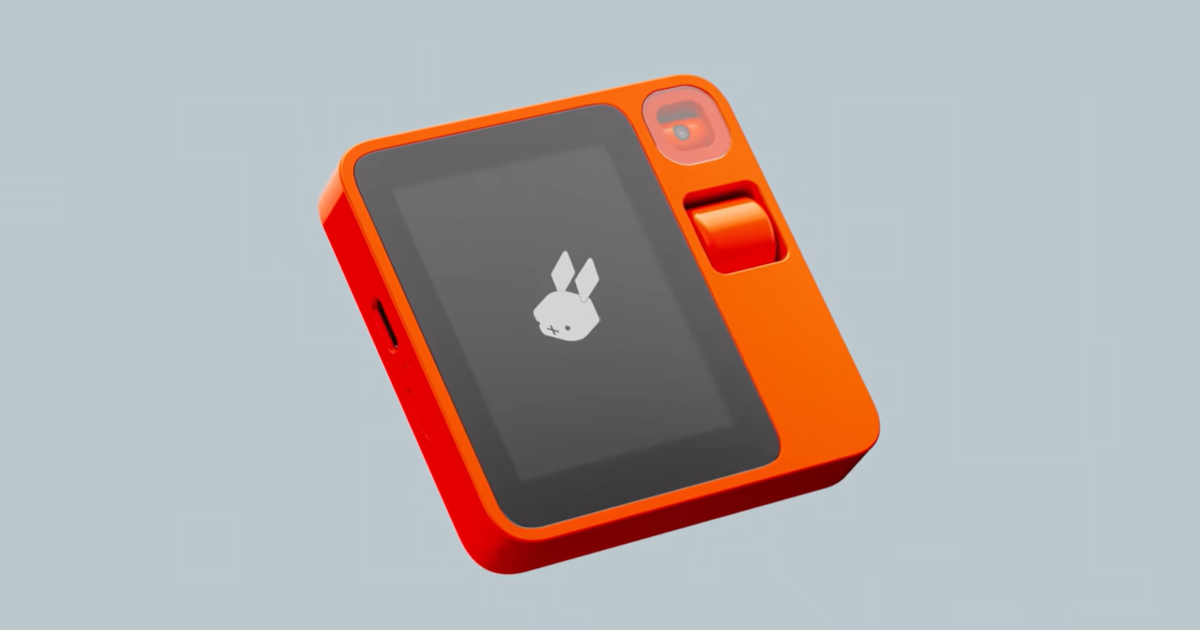A recent contender causing a stir in the AI community is the R1 device by rabbit. Priced at $199, this standalone gadget links up with your mobile applications to carry out tasks using an innovative proprietary language model, all without accessing any APIs. Operating on natural language commands, the r1 can, for instance, arrange an Uber ride for a family of four upon request, requiring user confirmation for the transaction. Moreover, the device is adaptable, as demonstrated in a scenario where it acquired the skill to produce images after observing a user interact with Midjourney.
On January 18, the fifth batch of 10,000 r1 units was completely sold out, as announced by the company on Twitter. The pre-orders for the upcoming sixth batch of 50,000 devices are now open on rabbit.tech, with estimated delivery dates falling in June and July.
Among the admirers of this innovation is Microsoft CEO Satya Nadella, who expressed his admiration for the rabbit OS and device presentation, likening it to the impact of the iPhone launch by Steve Jobs. Michael Nizich, a computer science professor at New York Institute of Technology, highlighted the distinctive aspect of the rabbit r1 device. He emphasized its ability to learn and adapt to individual users’ app usage patterns, thereby enhancing their daily routines and overall user experience.
The core of the r1 device lies in the rabbit OS, a custom operating system built on the foundation of the Large Action Model (LAM). This model, unique to rabbit, excels in understanding and replicating human-computer interactions. Through the “rabbit hole,” a cloud-based platform, users can integrate their existing apps with the r1 device, enabling access to a range of features seamlessly. This integration process is akin to granting a friend access to your unlocked phone to place a takeout order on your behalf. With user consent, rabbit OS performs tasks without retaining any personal data or passwords.
Devices like the r1 operate effectively due to the predictability of individuals’ digital habits, allowing advanced AI systems to streamline and enhance user experiences. Nizich explained that by recognizing common patterns, such as going to the gym before work, AI systems can anticipate and optimize routines accordingly.
Looking ahead, the r1 represents a glimpse into the future of AI devices, bridging the gap between LLM-powered chatbots and action-oriented AI agents. These advanced AI agents are poised to revolutionize problem-solving by combining deep understanding with analytical capabilities, potentially disrupting existing business models. Simon James, managing director of Data & AI at Publicis Sapient, envisions a future where AI assistants can tackle complex tasks, offer personalized solutions, and integrate seamlessly with various online applications, paving the way for a more sophisticated and interactive digital experience in our daily lives.






